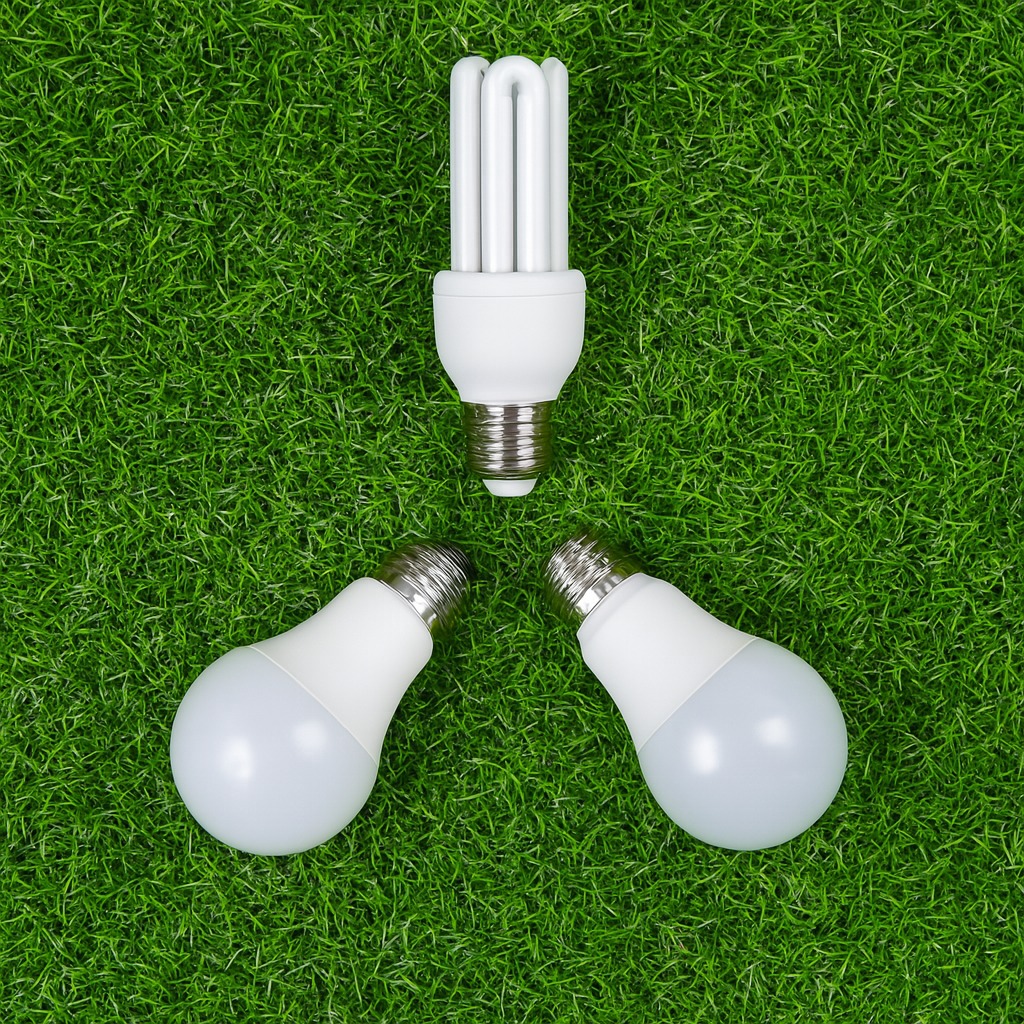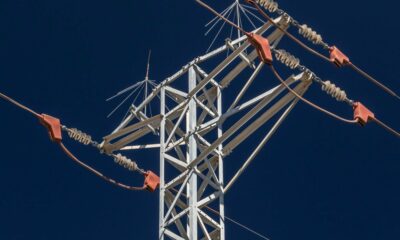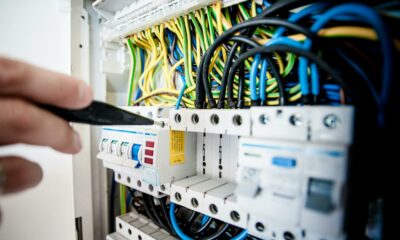Business
Could South Africa Finally Pay Less for Electricity? Here’s What’s Changing

The new electricity pricing plan could bring relief, but only if it tackles the real issues behind rising costs
South Africans have watched their electricity bills balloon over the years, and many are wondering if things will ever change. Now, there may be some light at the end of the tunnel, literally and financially.
Energy Minister Kgosientsho Ramokgopa says his department is working on a new electricity pricing plan aimed at easing the burden on households and addressing energy poverty, where people simply can’t afford to power their homes.
But will this plan finally fix what’s broken? Or is it just another policy on paper?
What is the electricity pricing plan?
At its core, the new plan aims to make electricity more affordable, especially for low-income households. Ramokgopa has made it clear that bringing prices down and rethinking how those prices are structured is now the top priority for his ministry.
The Department of Energy is working closely with Eskom’s distribution division, municipalities, and the National Energy Regulator of South Africa (Nersa) to overhaul the way electricity is priced.
And according to SANEDI (South African National Energy Development Institute), that includes taking a closer look at fixed fees, which have come under heavy fire in 2025.
Why electricity is so expensive
South Africans are not imagining things. Over the past 20 years, electricity prices have increased by more than 1,000%, far outpacing inflation and choking household budgets.
Even after Nersa capped Eskom’s 2025 tariff hike at 12.74% (down from Eskom’s original 36.15% application), many customers are still paying 30% to 80% more than before, thanks to newly introduced fixed charges.
These new charges, part of Eskom’s Retail Tariff Plan launched in April 2025, apply regardless of how much power you use. That means people who use less electricity, such as solar users or low-income households, are effectively being penalised.
Fixed fees: Who’s really paying?
The biggest controversy lies in Eskom’s daily fixed charges, including the Generation Capacity Charge (GCC), which adds a cost per day, per delivery point, even if you barely use the grid.
This has triggered backlash, particularly from:
-
Poorer households, who consume less but still pay the same fixed fees as heavy users
-
Solar-powered homes, which use the grid only occasionally but still get charged the full GCC
Energy expert Chris Yelland has warned that these fixed costs, combined with Eskom’s new solar compliance requirements, may push more customers to abandon the grid completely.
Some households who already spent upwards of R150,000 on solar setups now face another R30,000 in equipment upgrades and approval processes just to remain compliant. Many are opting instead to spend that money on battery storage or backup generators, effectively cutting Eskom out of the equation.
What could actually lower electricity costs?
According to SANEDI’s Professor Sampson Mamphweli, one solution is to make fixed charges variable based on how much electricity a household uses. This would ease the burden on low-usage homes and align infrastructure costs more fairly.
He also emphasised the importance of expanding access, as 4 to 5 million households in South Africa still have no electricity at all.
By reforming the pricing model, adjusting fixed costs, and reducing generation expenses, the government hopes to make electricity more affordable and more accessible for everyone.
What comes next?
Minister Ramokgopa is expected to announce the next phase of the plan soon, detailing which areas of the pricing framework could be restructured and how the government, Eskom, and Nersa will collaborate going forward.
But real change will depend on political will, regulatory cooperation, and whether Eskom can afford to play ball without tipping over financially.
In the meantime, households will be watching their meters and their bills very closely.
Also read: Ramaphosa Rallies Behind SA’s Auto Industry as US Tariffs Hit Exports Hard
Follow Joburg ETC on Facebook, Twitter , TikTok and Instagram
For more News in Johannesburg, visit joburgetc.com
Source: MyBroadband
Featured Image: ChatGPT, Pexels



























